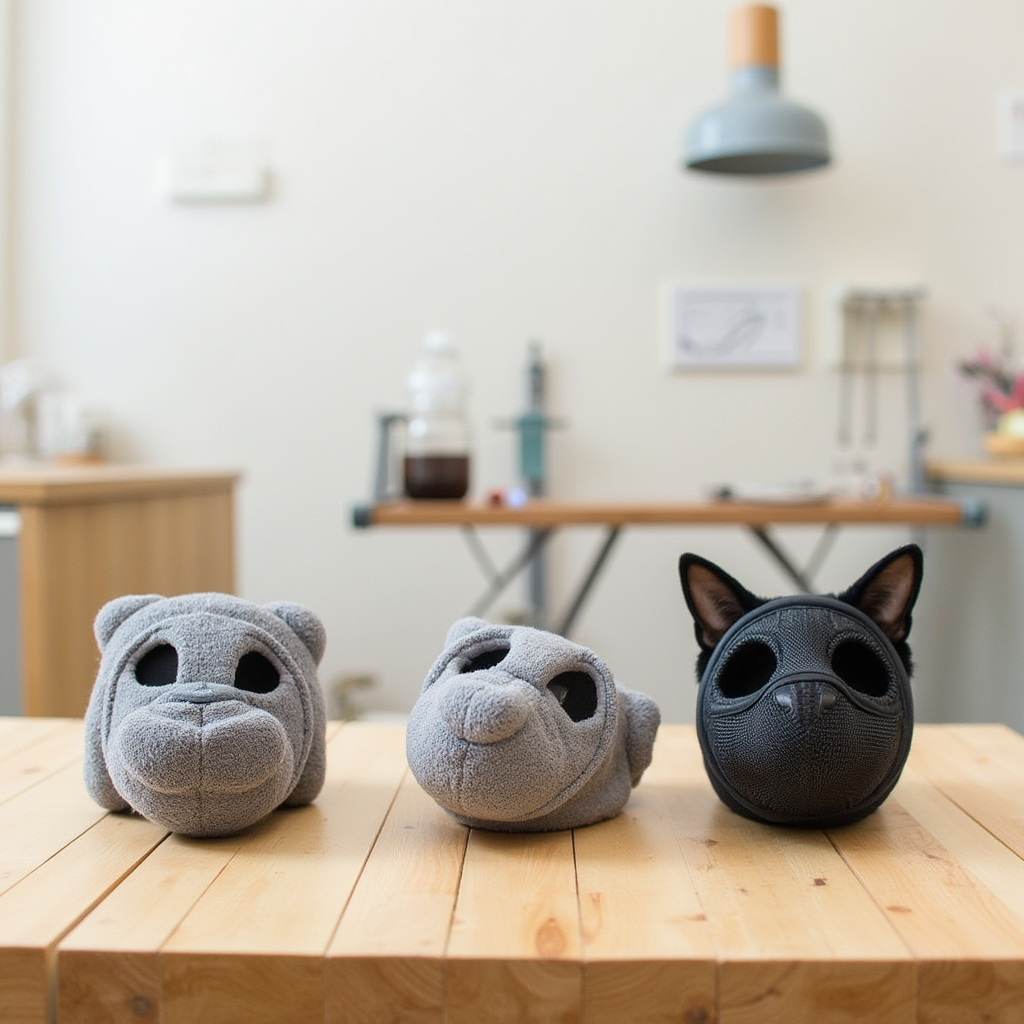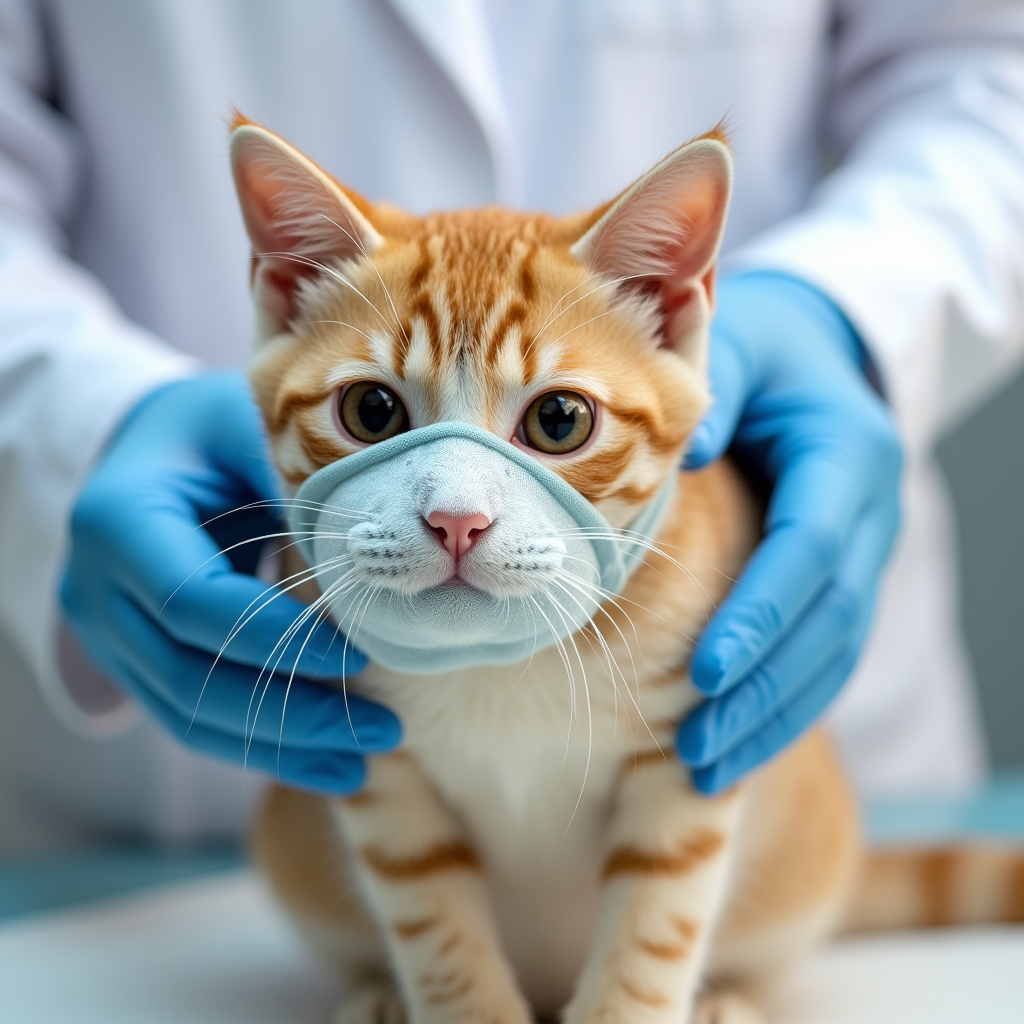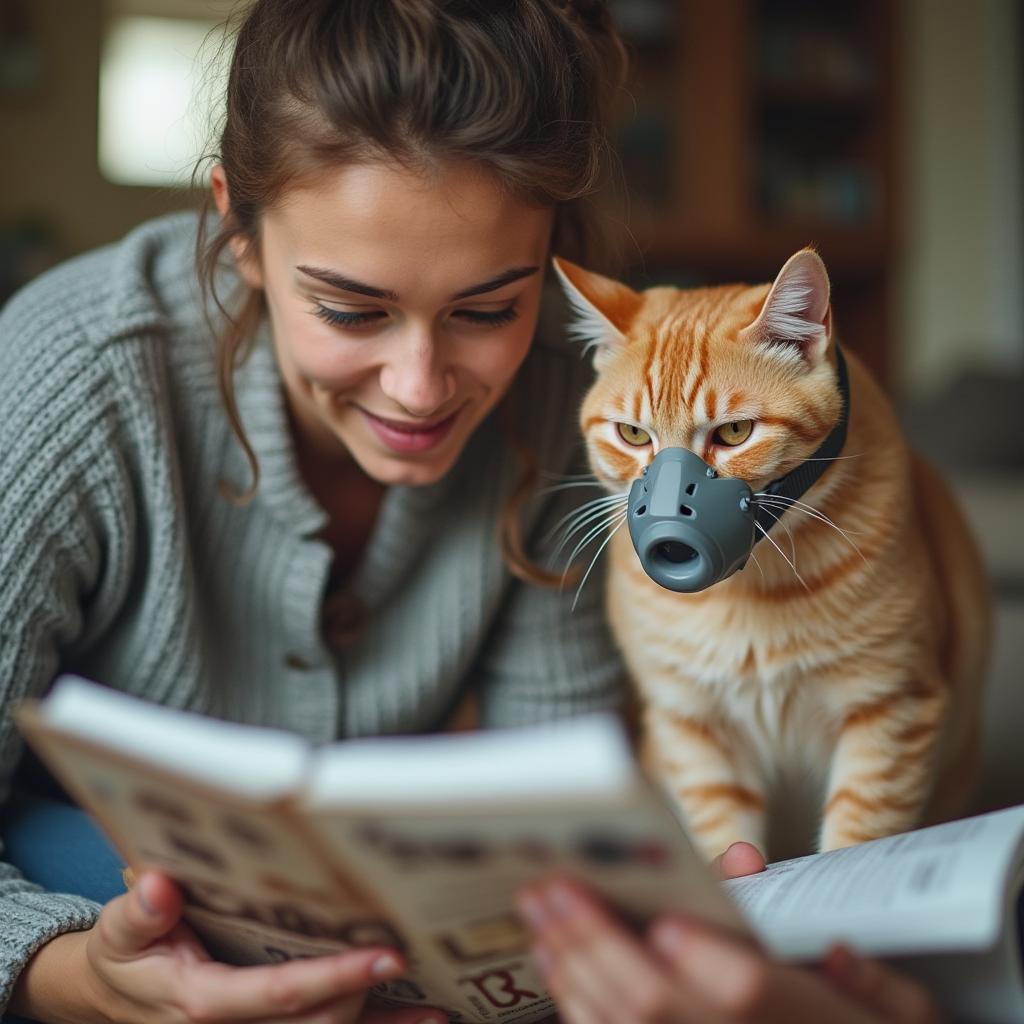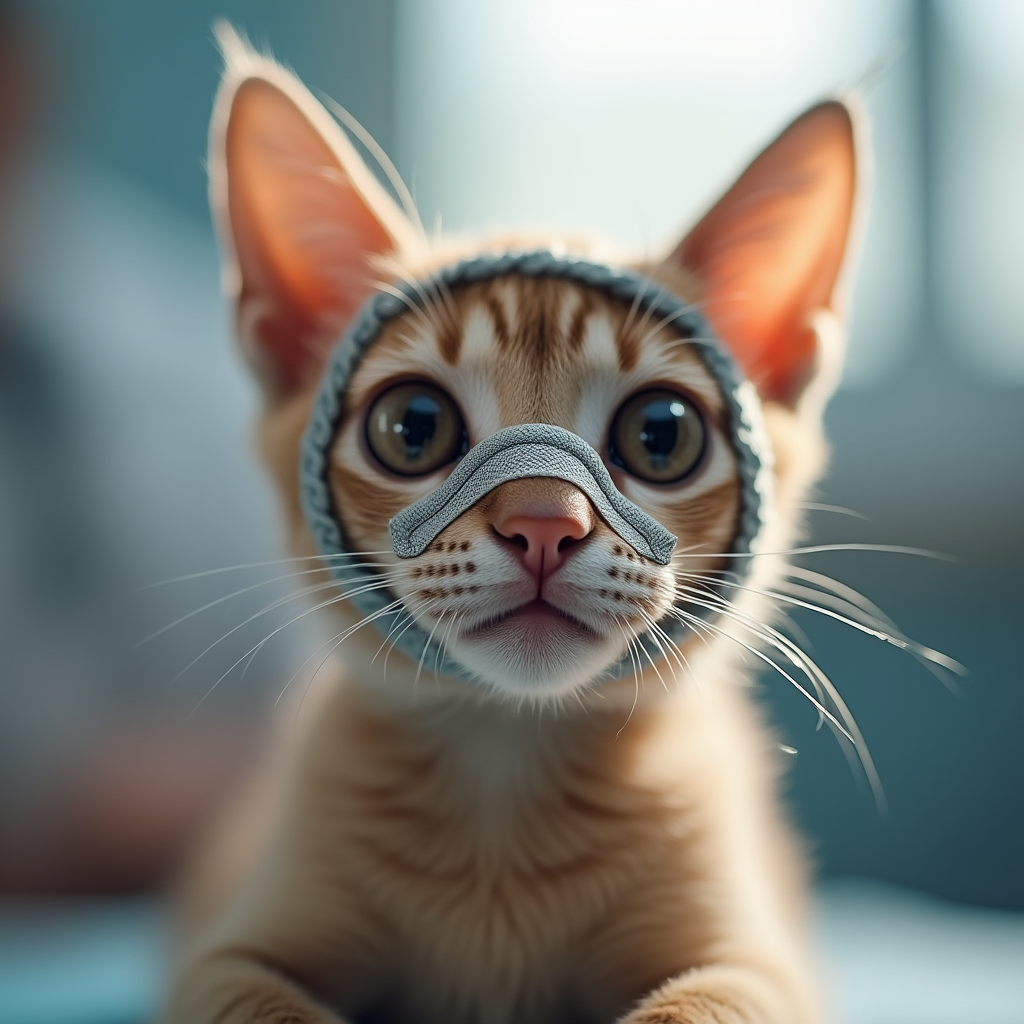Introduction
Cats are known for their independent and sometimes unpredictable nature. However, when faced with stressful situations like vet visits, grooming, or new environments, many cats experience anxiety. This can lead to scratching, biting, or aggressive behavior.
A cat muzzle can be a helpful tool in certain situations to keep both the cat and the handler safe. But is it the best solution for calming an anxious cat? In this guide, we’ll explore how a cat muzzle works, when to use it, and ethical considerations to ensure your cat’s well-being.
1. Understanding Cat Anxiety
Before using a cat muzzle, it’s important to recognize the signs of anxiety in cats. These include:
- Hissing, growling, or excessive vocalization
- Puffed-up fur and an arched back
- Hiding or trying to escape
- Excessive grooming or licking
- Dilated pupils and rapid breathing
- Unprovoked aggression, biting, or scratching
What Causes Cat Anxiety?
Common triggers for feline anxiety include:
- Vet visits: Unfamiliar smells and handling can be overwhelming.
- Grooming: Some cats dislike nail trimming or bathing.
- Traveling: Car rides and new places can be distressing.
- New environments: Moving to a new home or introducing new pets can trigger anxiety.
2. What Is a Cat Muzzle?
A cat muzzle is a protective covering that fits over a cat’s face to prevent biting and scratching. It is often used in veterinary clinics, grooming salons, and during emergency situations.
Types of Cat Muzzles
- Full-face muzzles: Cover the entire face with openings for breathing.
- Soft fabric muzzles: More comfortable but limit visibility.
- Mesh muzzles: Provide better airflow and some visibility.
Cat muzzles are different from dog muzzles, as they are designed specifically for short-term use to handle anxious cats safely.

3. How a Cat Muzzle Helps Calm an Anxious Cat
Using a cat muzzle can be beneficial when used correctly. Here’s how it helps:
✅ Prevents biting and scratching – Ensures safety for the handler.
✅ Reduces stress from excessive stimuli – Some muzzles limit vision, helping to calm the cat.
✅ Creates a temporary sense of security – Restricting movement can provide comfort, similar to a swaddle.
However, a cat muzzle should only be used for short periods and under supervision.

4. When Should You Use a Cat Muzzle?
A cat muzzle can be useful in these specific situations:
🔹 Vet visits – Prevents aggressive reactions during examinations.
🔹 Grooming sessions – Helpful for nail trims, ear cleaning, and bathing.
🔹 Emergency situations – If a cat is injured or needs immediate medical attention.
🔹 Traveling – Some cats feel more secure when their vision is partially blocked.
⚠️ When NOT to Use a Cat Muzzle
Never use a cat muzzle as a punishment or for prolonged periods, as it can cause distress and breathing difficulties.
5. Choosing the Right Cat Muzzle
When selecting a cat muzzle, consider:
✔️ Comfort – Soft fabric or padded options are ideal.
✔️ Breathability – Ensure proper ventilation to avoid breathing issues.
✔️ Adjustability – A secure fit prevents slipping off.
Recommended Cat Muzzle Brands
- Jorvet Cat Muzzle – Lightweight and easy to use.
- Pro Guard Softie Muzzle – Comfortable with breathable mesh.
- Petoga Mesh Muzzle – Provides visibility while restricting biting.
6. How to Properly Use a Cat Muzzle
Step-by-Step Guide
- Introduce the muzzle gently – Let your cat sniff it first.
- Hold your cat securely – Wrap them in a towel if needed.
- Slip the muzzle over the face – Ensure the nose is not covered.
- Secure it properly – Make sure it’s snug but not too tight.
- Limit usage time – Remove after a few minutes to prevent distress.
✅ Tip: Reward your cat with treats afterward to create a positive association.
7. Alternatives to Cat Muzzles for Calming Anxiety
If you’re hesitant about using a cat muzzle, consider these alternative calming methods:
🔹 Pheromone Sprays (Feliway) – Mimics calming cat pheromones.
🔹 Anxiety Wraps – Pressure-based calming vests, like the Thundershirt.
🔹 Natural Remedies – Chamomile, valerian root, or CBD oil.
🔹 Desensitization Training – Gradually expose your cat to stressors.
8. Potential Risks and Ethical Considerations
Using a cat muzzle comes with responsibilities. Misuse can lead to:
❌ Breathing difficulties – Ensure the muzzle allows airflow.
❌ Increased stress levels – Some cats panic when muzzled.
❌ Overuse and dependency – Muzzles should only be a short-term solution.
Always monitor your cat’s reaction and remove the muzzle if they show signs of extreme distress.

Conclusion
A cat muzzle can be an effective tool for handling an anxious or aggressive cat, but it should be used responsibly. While it helps prevent biting and scratching, it’s not a long-term solution for feline anxiety.
For the best results, combine a cat muzzle with gentle handling techniques, positive reinforcement, and calming solutions like pheromone sprays or anxiety wraps. Always prioritize your cat’s comfort and well-being.
10 FAQs About Cat Muzzles
1. Is a cat muzzle safe for all cats?
Yes, but it should be used briefly and under supervision to prevent stress.
2. How long can a cat wear a muzzle?
Ideally, no longer than 5–10 minutes to avoid distress and breathing issues.
3. Do muzzles help with cat aggression?
They prevent biting temporarily but do not address the root cause of aggression.
4. Can I use a dog muzzle for my cat?
No, cat muzzles are designed differently to fit feline facial structures.
5. What’s the best type of muzzle for a nervous cat?
A soft, breathable muzzle with adjustable straps is ideal.
6. How do I introduce my cat to a muzzle without stress?
Let them sniff it first, and offer treats for positive reinforcement.
7. Are there alternative ways to calm an anxious cat?
Yes, pheromone sprays, anxiety wraps, and calming supplements can help.
8. Do veterinarians recommend using a cat muzzle?
Yes, but only in specific situations like vet visits or grooming.
9. Can a cat still breathe properly while wearing a muzzle?
Yes, if it’s designed correctly. Always ensure proper ventilation.
10. Will using a muzzle help long-term with cat anxiety?
No, it’s a temporary tool. Training and other calming techniques are better for long-term anxiety management.

